Dino Land isn’t among the upper tier of Telenet and Wolfteam fare in reputation or inflated eBay auctions. It’s a pinball game stocked with little dinosaurs, a far cry from the intergalactic wars and boomerang-slinging Peruvian sorceresses of other Renovation releases. For a while in 1992, however, it was the perfect game.
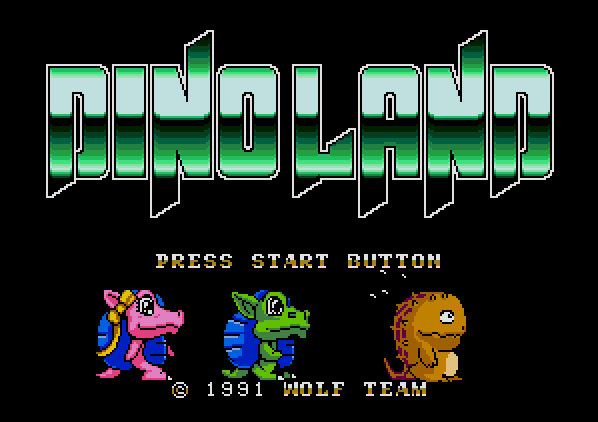
The actual ball, however, is a coiled-up Mesozoic armadillo named Dino-Bunz, and he’s out to rescue his pink girlfriend, Meeshell. If you land in the right spot, Bunz will unroll himself and march off into a boss fight, also played out in pinball form. And while most of the game occurs in the main jungle board, triggering its slot machine in the right way can warp Bunz to undersea or aerial pinball fields with bosses of their own.
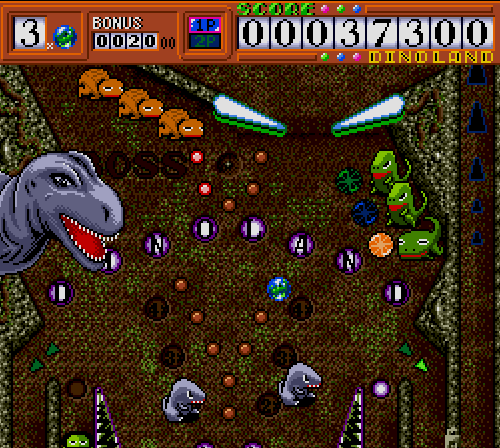
It's too bad that Dino Land doesn’t do enough with its little creatures. The multiple stages and bosses are an interesting conceit, but the general flow of the game grows monotonous while too much of the scenery is only briefly charming. Compared to the spidery xenomorphs of Alien Crush or the monstrous imagery of Devil’s Crush, Dino Land seems bland in both looks and music. It’s actually more fun to watch the little protagonist scuttle around the board and high-score screen than it is to play the pinball.

Even the dinosaurs aren’t varied enough. You’ll see a giant sauropod and some assorted genetic carnivores, but there’s nary a Triceratops, a Stegosaurus, or a Velociraptor to be seen. Bunz, Meeshell, and their non-combatant friend Malchi are all of an indeterminate arma-dino species, though they’re similar enough that I can declare them honorary Ankylosaurs.
Yet there's more to Dino Land than a mere pinball simulator.
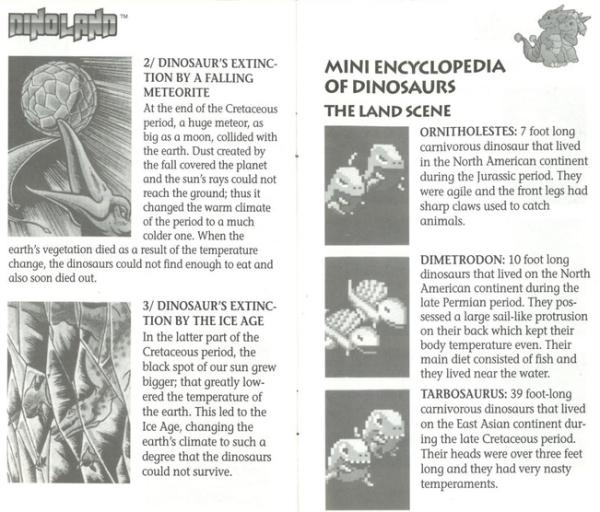
For starters, the manual goes beyond the call of duty. To pad out its relatively simple gameplay explanations, Dino Land’s instructions profile the dinosaurs appearing in each level, showing us that the abstract little animals are really supposed to be Parasaurolophus and Archaeopteryx.
There’s even a section detailing theories on why the dinosaurs went extinct, which is both informative and depressing. No matter how high a score you get, those adorable dinos are doomed.
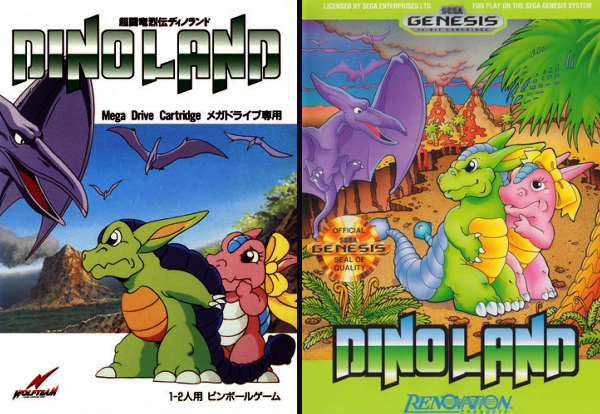
And for a brief time, Dino Land was the face of Telenet. In 1992, the company opened an arcade and restaurant called Cosmic Fantasy in Hawaii, stocking it a variety of high-end arcade games. And the Dino Land characters were all over it.
Bunz and Meeshell appear on the Cosmic Fantasy arcade tokens and the machines themselves; pause this video at the start and you’ll see a Dino Land decal next to the After Burner screen. Some visitors even recall that the arcade had Dino Land toys for redemption prizes, and I know that, no matter my conflicted feelings on the game, I would’ve played skee-ball and whack-a-mole for hours on end just to get enough tickets for a Bunz figurine.
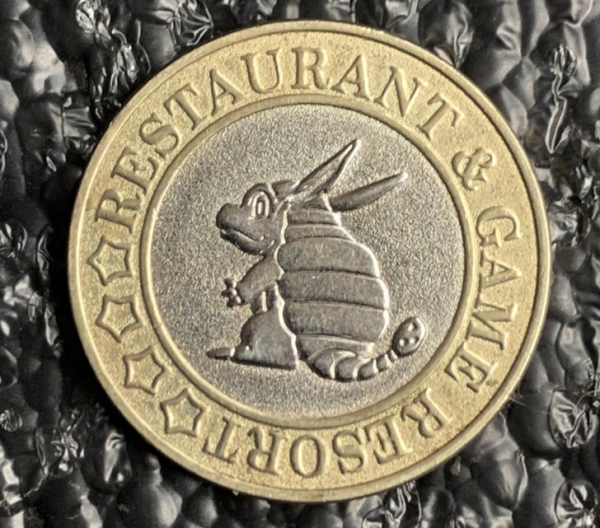
This image comes from an Etsy page where someone’s selling a single Cosmic Fantasy token for eight bucks—and mislabeling Bunz as an armadillo. If those Dino Land toys are real and turn up for auction, expect an unbelievable bidding bloodbath.
Why did Telenet make so much of Dino Land in their arcade? It was likely by default. Telenet standouts like Valis, Gaiares, and El Viento had more impact, but they didn’t have much in the way of cute and marketable animal characters. Perhaps a super-dermed Annet Myer would’ve done well, but when Telenet looked for an arcade mascot, Dino Land was the safest bet.
Telenet’s arcade is long gone and woefully under-documented. I'd really like to know what else it did with Telenet staples. Could you win Valis plush toys from a UFO catcher? Did the redemption-prize counter have models of the Gaiares ships or the Granada tank? Did the restaurant serve an Earnest Evans burger? Did they hire some poor high school kid to walk around in a giant Beast Wrestler costume?
Renovation didn’t survive beyond the mid-1990s either, yet that fan following persists. In fact, Evercade actually announced a Renovation collection for next year. The first volume’s lineup has the expected highlights like El Viento and Granada…and Dino Land. That’s fitting somehow. Perhaps it wasn’t the best Telenet title or the best pinball video game of its era, but Dino Land was there when Telenet needed it.

No comments:
Post a Comment